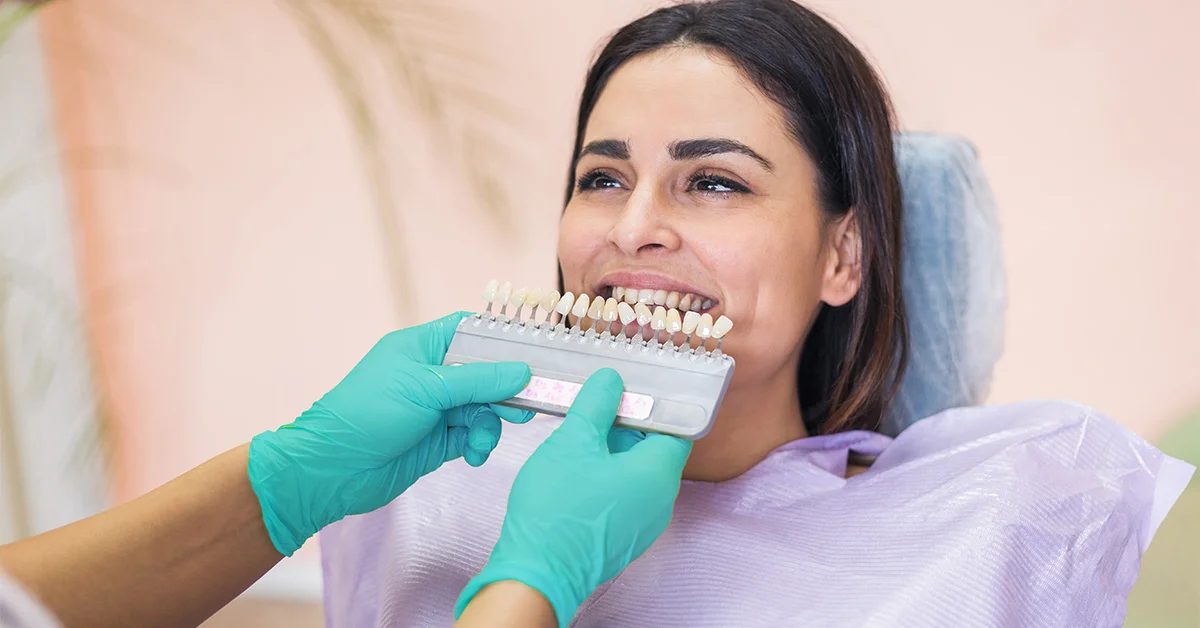Oral surgery is a specialized field of dentistry that deals with diagnosing and treating complex oral and maxillofacial conditions such as decayed teeth, jaw problems, root canals, and impacted wisdom teeth. Over the past few decades, there have been significant advancements in oral surgery techniques and technology, which have revolutionized the way oral surgeons approach their practice. These advancements have improved patient outcomes and made oral surgery The Woodlands procedures less invasive, precise, and efficient. With the development of new tools and techniques, oral surgeons can now perform complex surgeries with greater accuracy and less discomfort to patients.
Advanced imaging techniques
One of the major advancements in oral surgery is the use of advanced imaging techniques, such as Cone Beam Computed Tomography (CBCT) and digital radiography. These technologies provide oral surgeons with highly detailed 3D images of the patient’s mouth, allowing them to diagnose and treat conditions more accurately and precisely. CBCT is useful for implant placement, as it allows the surgeon to visualize the patient’s bone structure and plan the surgery accordingly.
Robotic-assisted surgery
One emerging technology that has gained popularity in oral surgery is robotic-assisted surgery. With this technology, a robot assists the oral surgeon in performing a procedure. The surgeon controls the robot and can provide greater precision and accuracy than traditional surgery. Robotic-assisted surgery has been used in various oral surgery procedures, including implant placement and orthognathic surgery.
Computer-aided design and manufacturing
The dental industry has used computer-aided design and manufacturing (CAD/CAM) technology for several years. CAD/CAM technology in dentistry involves using computer software to create and produce dental restorations like bridges and crowns. More recently, this technology has been adopted in oral surgery to design and fabricate custom surgical guides. These guides help oral surgeons to perform procedures with greater accuracy and precision, reducing the risk of complications and improving patient outcomes.
Laser surgery
Laser surgery is a minimally invasive alternative to traditional surgery that uses a laser to remove or reshape tissue. It has become increasingly popular in oral surgery due to its precision and ability to minimize bleeding and swelling. Laser surgery has been used in various oral surgery procedures, including gum disease treatment, tissue removal, and biopsies.
Piezoelectric surgery
Piezoelectric surgery is a relatively new technique that uses ultrasonic vibrations to cut and shape bone tissue. This technique is useful in oral surgery, allowing for more precise and controlled bone cutting. Piezoelectric surgery is used in oral procedures such as sinus lifts and implant placement.
Virtual reality
Virtual reality is a technology used in various industries, including healthcare. In oral surgery, virtual reality is used to simulate procedures and train oral surgeons. This technology allows oral surgeons to practice procedures in a virtual environment, providing them with valuable experience and improving their skills. Virtual reality can also educate patients about their condition and treatment options, helping them make informed decisions.
As technology advances, you will likely see more innovative solutions in oral surgery, further improving patients’ care.
Contact your doctor at Scott Young, DDS, for more information regarding the latest oral surgery technology.




